At the Paris motor show last week, Citroën revealed the Oli, its vision of sustainable, affordable, long-range electric motoring for the masses. History was repeating itself, as at the same event 74 years ago, the firm unwrapped the 2CV, which was to perform precisely the same role in combustion motoring.
La Deux Chevaux Vapeur(‘two steam horsepower’ was actually nine years late. Work on the Toute Petite Voiture (‘very small car’) had begun way back in 1936 as a way to motorise rural France, but its 1939 debut was cancelled as Germany invaded. Prototypes were successfully hidden from the Nazis and revived after the war.
“Simplified to the point of crudity, it seems almost needlessly ugly, but it is full of original ideas planned to cut weight and cost and increase production,” we reported.
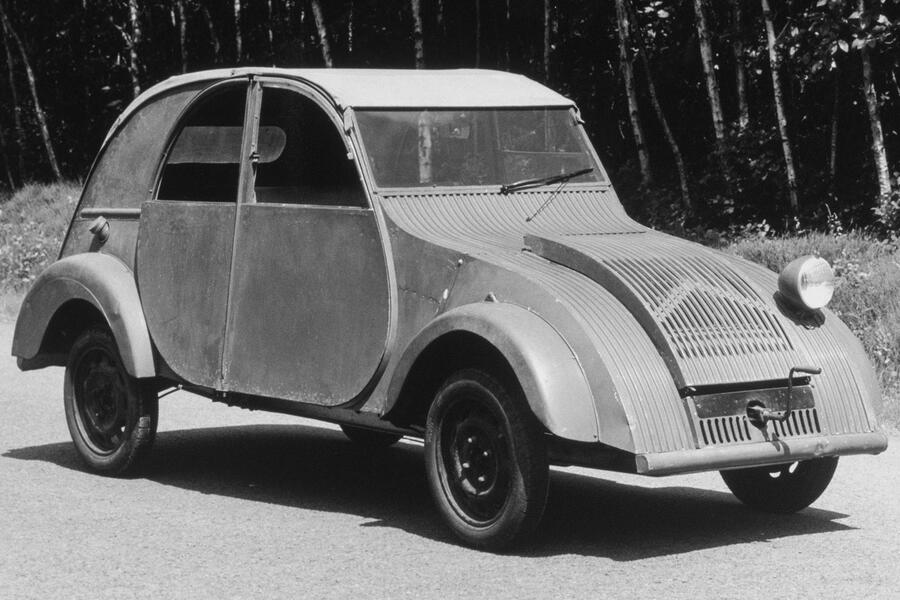
Its steel box-frame chassis bore on each side two suspension arms linked by tension rods to a central cylinder containing a spring; and had a very thin steel body welded to it (with a canvas roof), home at the front to air-cooled 375cc flat-twin with a three-speed gearbox; and the four ‘seats’ inside cushions held to frames by rubber bands.
Top speed was just 37mph, but economy was a superb 50-60mpg.
It cost a mere £213 (£5970 today) – £71 less than even Renault’s 4CV.
Quelle surprise that the French went mad for it, making it the first car to sell a million and a cultural icon. It lasted right up until 1990, with some nine million produced.
What was weird and wonderful at the 1948 Paris Motor Show
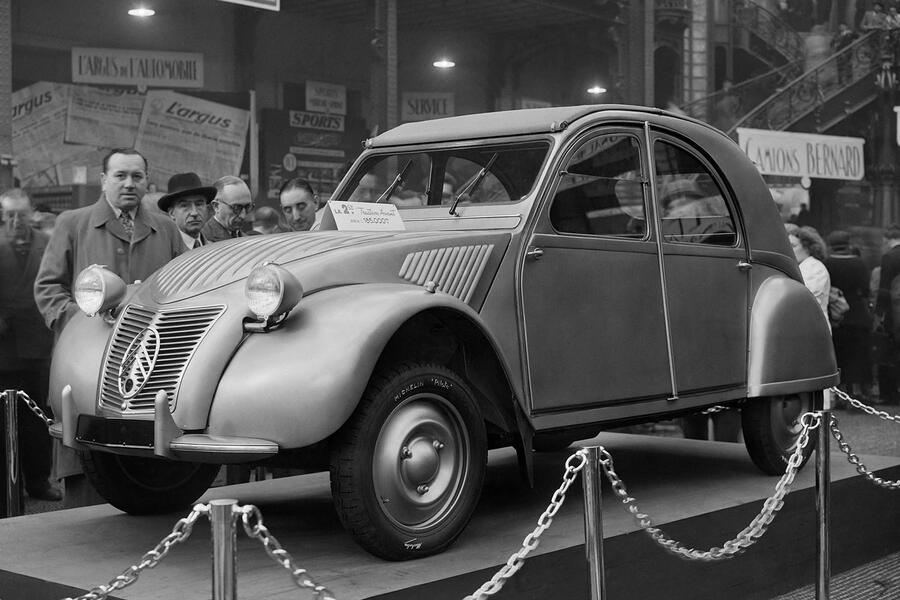
The 2CV may have drawn the largest crowds, but there were many other cheap cars for the impoverished French public to study, many of fully post-war design.

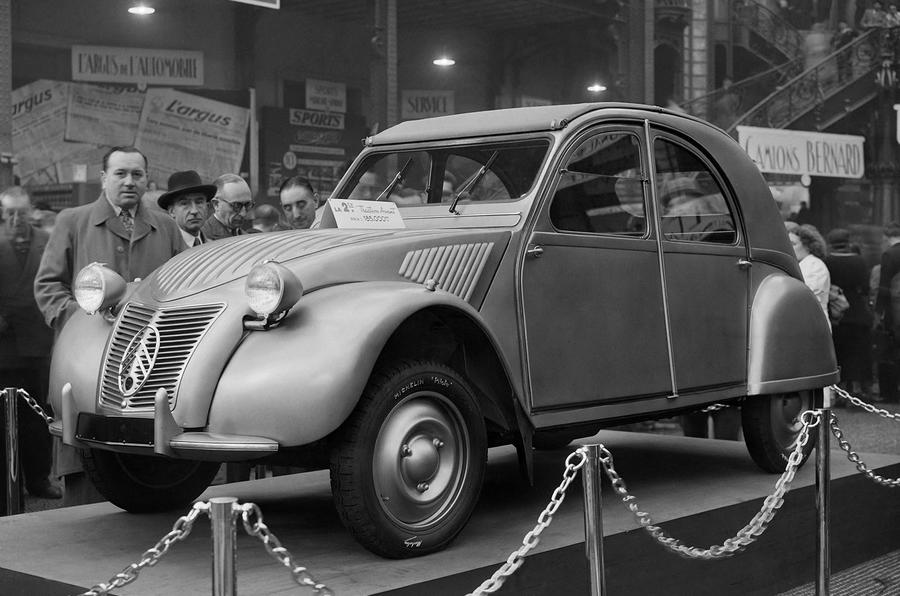


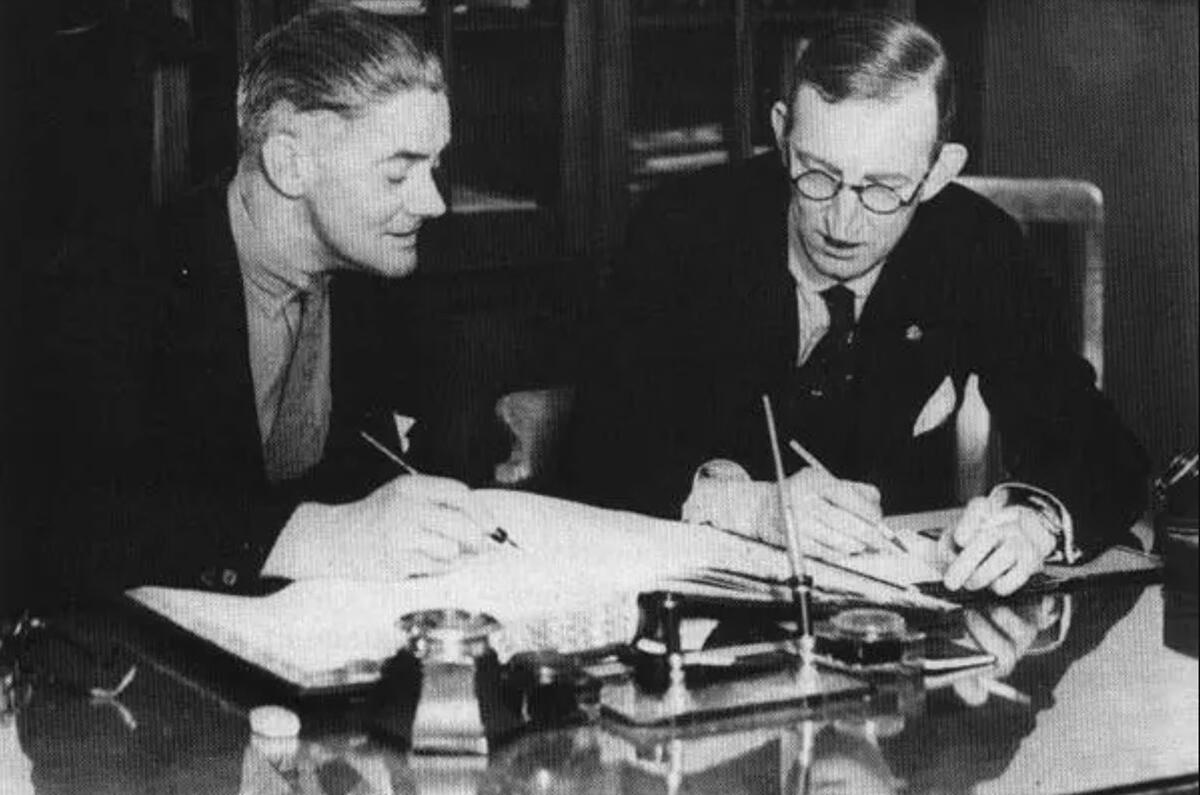
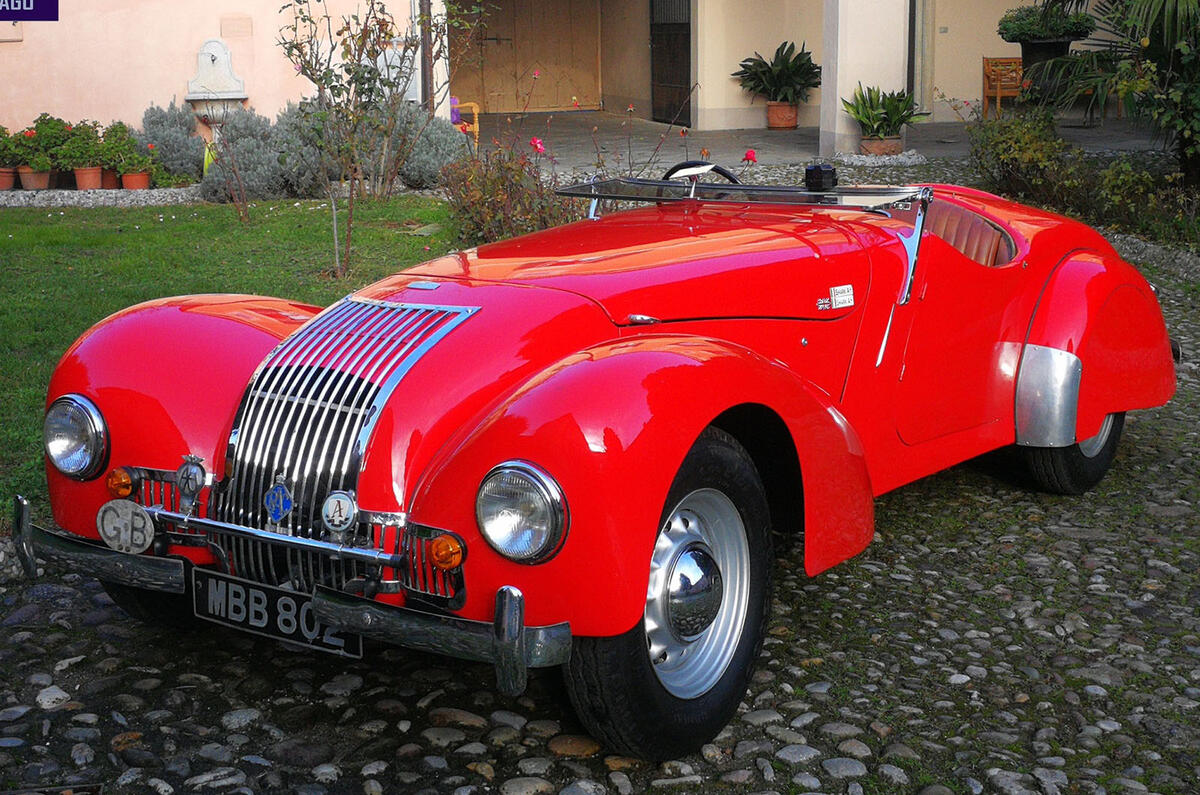

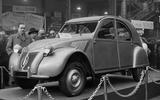







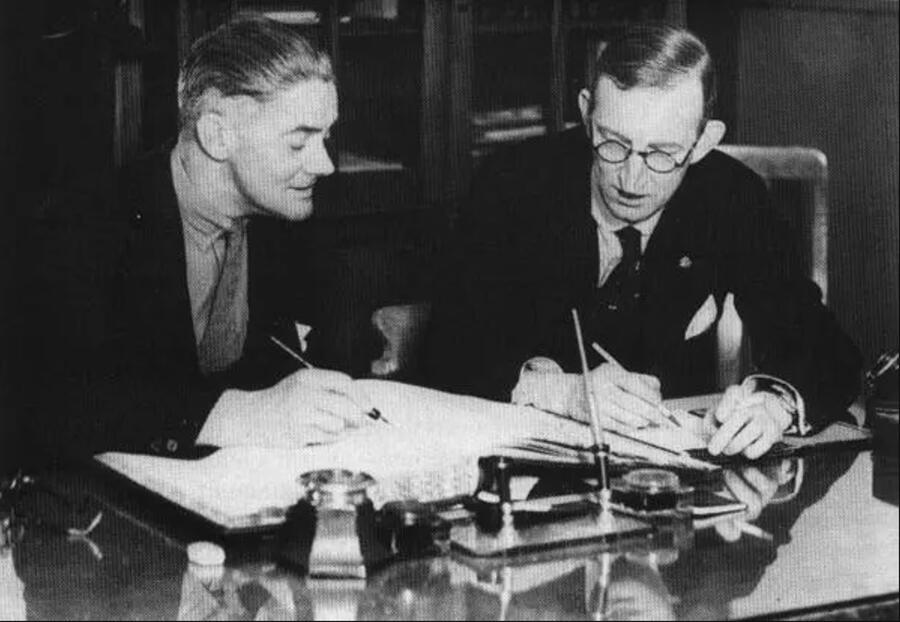
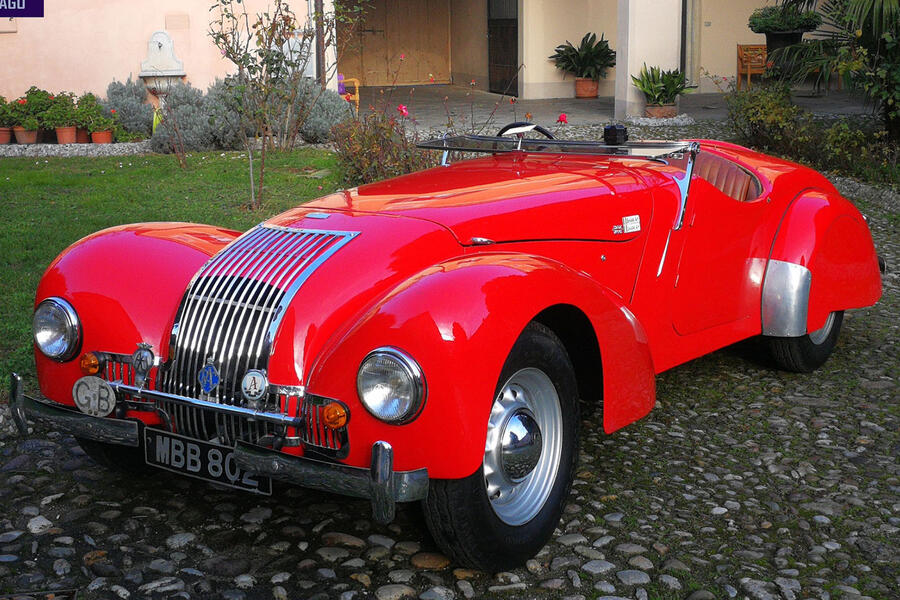


Add your comment